How to Photograph Food for a Confectioner, Restaurant, or Pizza Chain
It was 2019. Once, I wrote a letter proposing collaboration with Fedor Ovchinnikov, the founder of the “Dodo Pizza” chain. And I got a response. Not from him, but from a girl who managed the company’s photo production. I was very surprised when they invited me to their office in Moscow. On the same day, in the corridor, I met Fedor, who was hurrying somewhere. He asked, “Are you the photographer who wrote to me? I see you’re getting a tour,” shook my hand, and went on his way. Later, I noticed that it was completely normal for Fedor to visit different departments (like our photo lab, R&D, or design) to talk to people, see how they were doing, and move on. And responding to emails like mine was also completely normal for him.
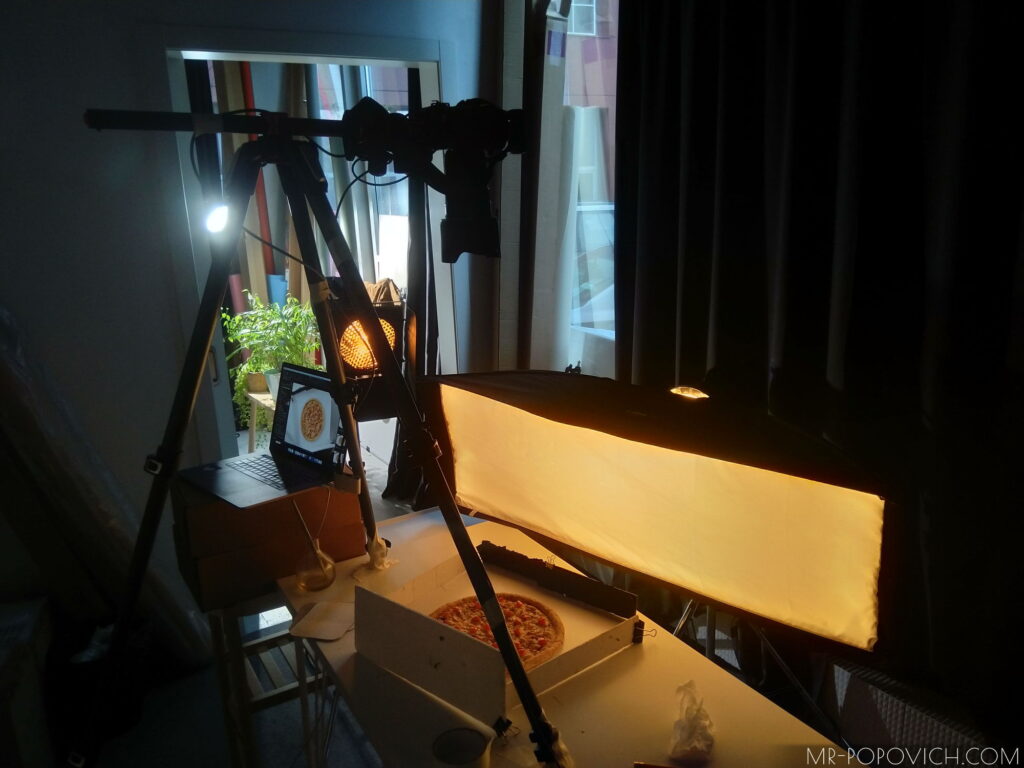
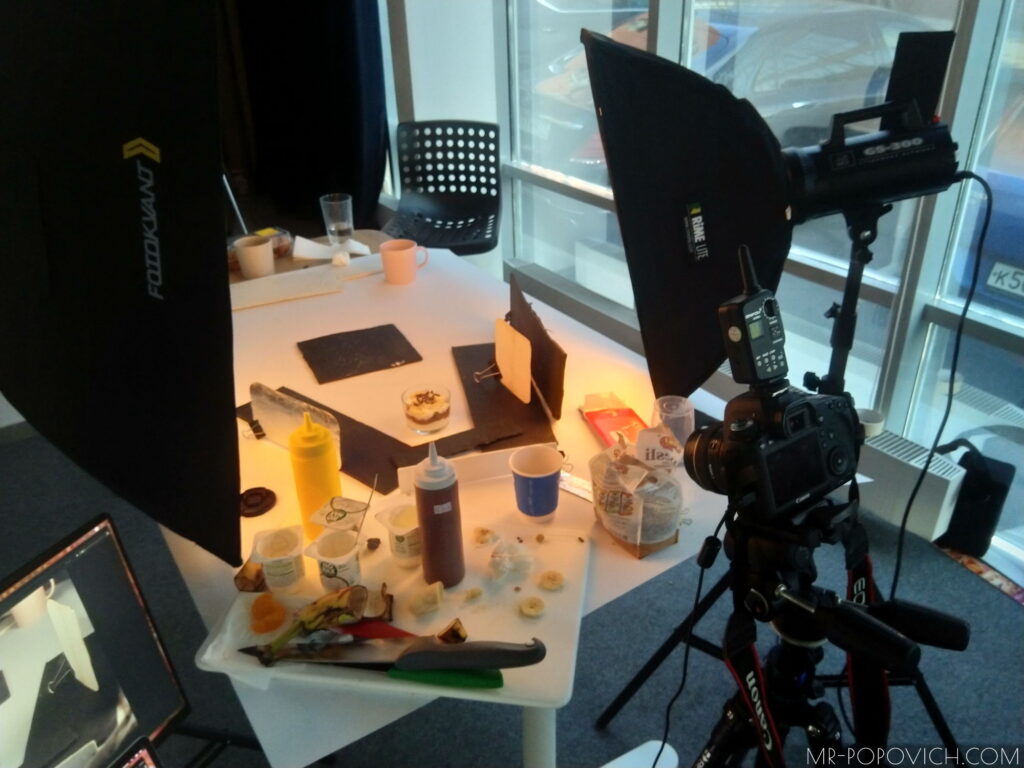
I love this attitude; it inspires trust and respect. So when someone tells me they were too busy to respond to my email for several weeks, I take it calmly, understanding that everyone is different. And I remember Fedor, who, while managing a huge chain of pizzerias (at the time I joined the company, there were more than 500 of them), somehow found time to respond to people.
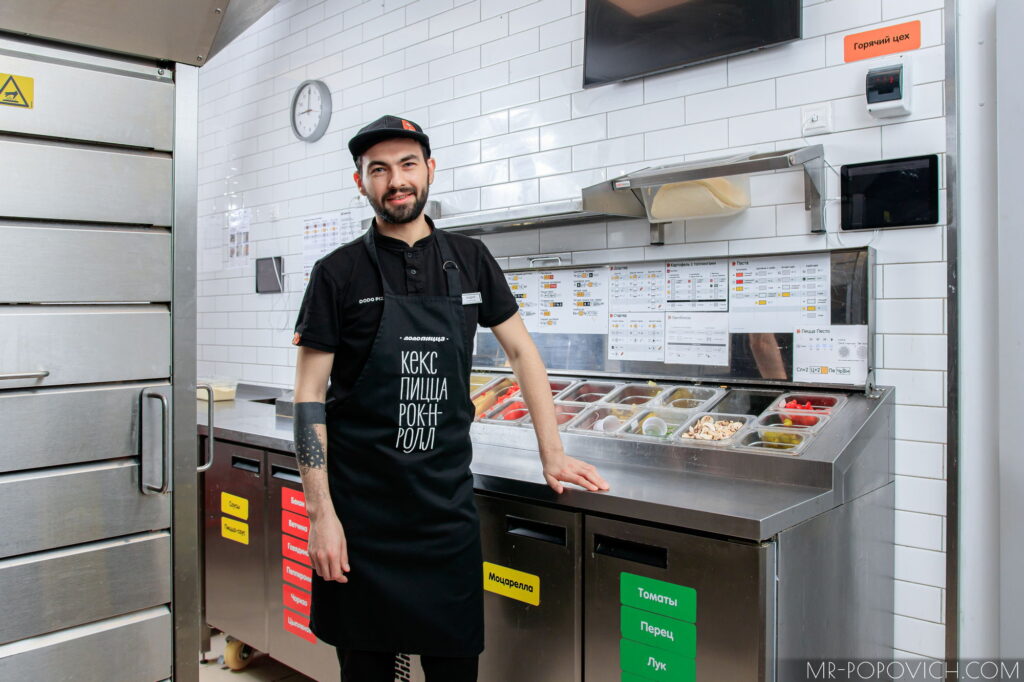

Work in the production of a large company
So, that was a long and interesting backstory. Now, about the photoshoot itself. When I came to Dodo, I had extensive experience in shooting still life, but not so much in food photography. And the guys there had a serious approach. In addition to professional equipment, there was a food stylist on the shoot who not only prepared the pizza but also made it look beautiful. Before the shoot, the food stylist and I received a brief from the designer (a sketch, layout, etc.) and figured out how to photograph it.
My task was to find the right angle for shooting and create a lighting scheme. Honestly, I never felt that the photos I took at Dodo were truly mine. Perhaps that’s why I never compiled a portfolio of my work. Here’s why: I received a brief from the designer, the food stylist prepared the pizza, and I took the photos and sent the raw files to the retoucher – so my contribution was only about 1/4. And considering that the company had its standards for lighting, etc., my contribution was even less. On the other hand, it wasn’t easy to maintain high-quality standards, but it was very interesting.
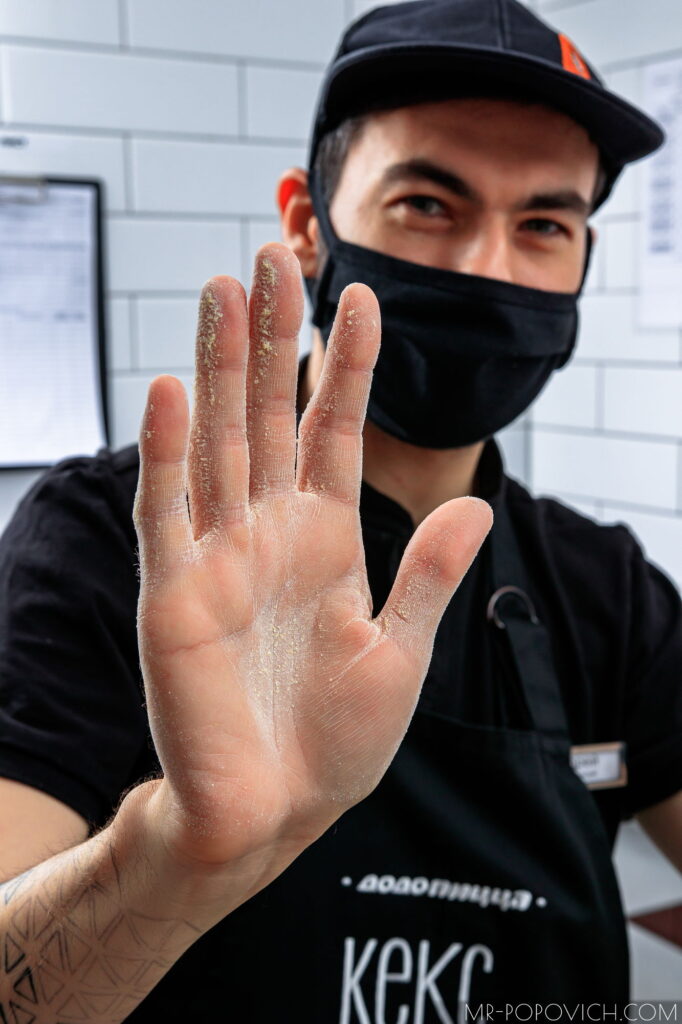
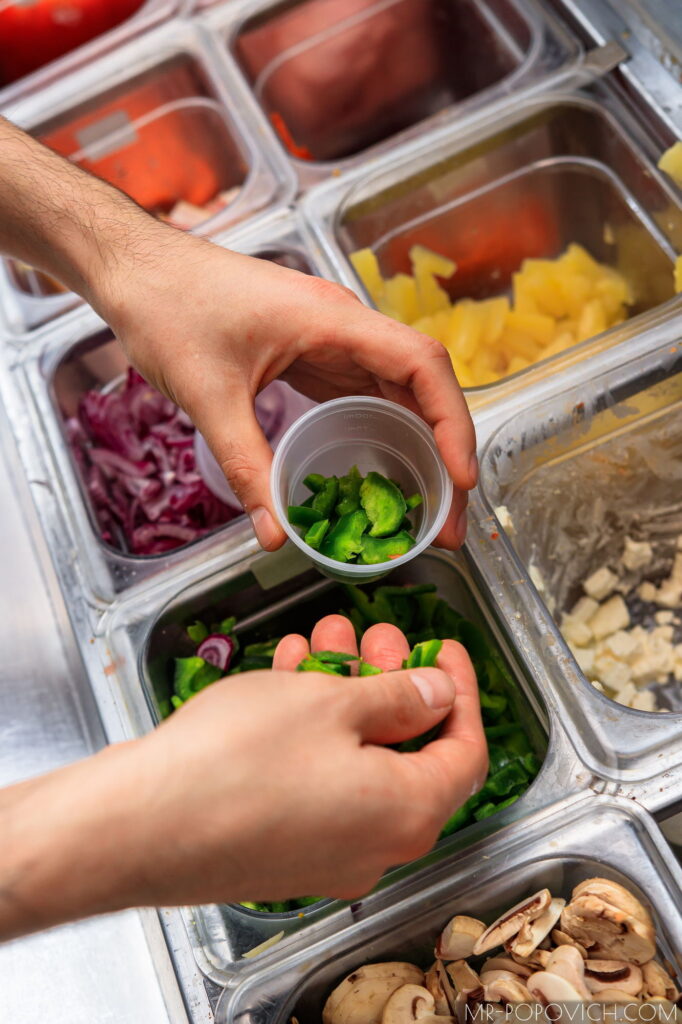
Working with the “Dodo Pizza” brand confirmed some of my assumptions about how large productions work.
Before that, I worked as follows: came up with a shoot, found a model, found a location, took photos (handling all aspects from composition to lighting), and retouched. Sometimes I got help with finding models and locations, but still, most of the results depended on me. But here, the whole process was divided among different people, and they were true professionals in their field. It was amazing. And by the way, I can’t help but mention the company’s corporate culture. You’ve probably heard about the positive atmosphere in the company.
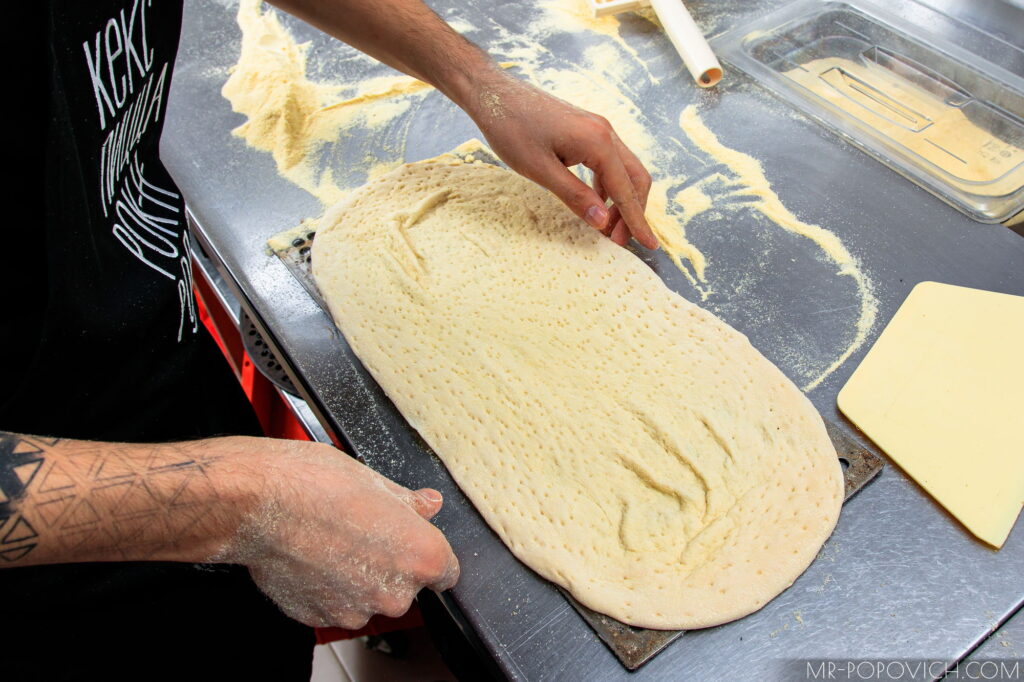

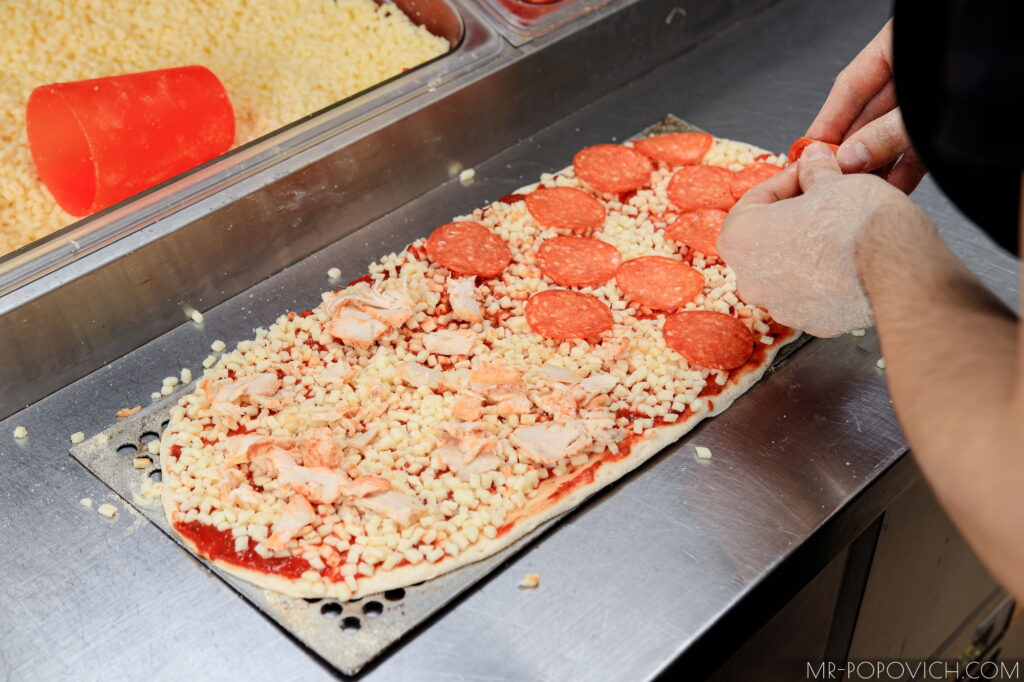
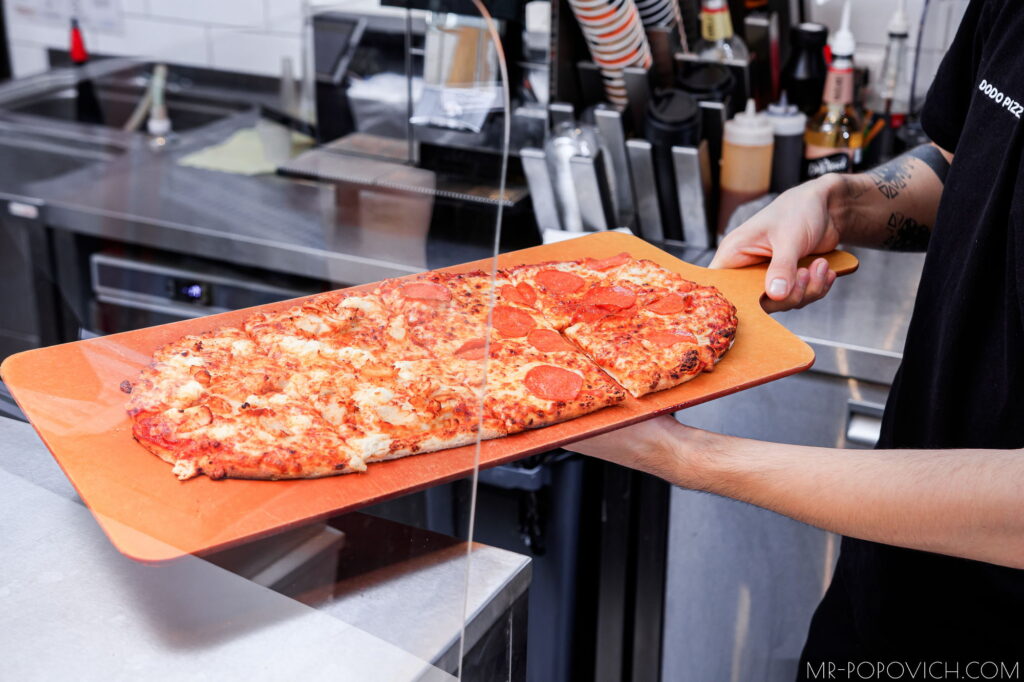
What you need for quality food photos
So, conclusions. If you want to get beautiful photos for your restaurant or café, it’s worth thinking not only about the photographer but also about the food stylist. Your chef should have the necessary skills to make the food look beautiful in the frame. And I’ll tell you this – it’s not always as simple as it seems.If you feel confident and are ready to shoot food for your business, for example, on a white background, all you need is a white table (from Ikea) and a few light sources. The simplest setup is two softboxes, which will give you beautiful soft light. The food will come to life with juicy colors, and the shadows will be soft. If you want to add a little sparkle, you can use an additional hard light source (for example, a flash with grids).
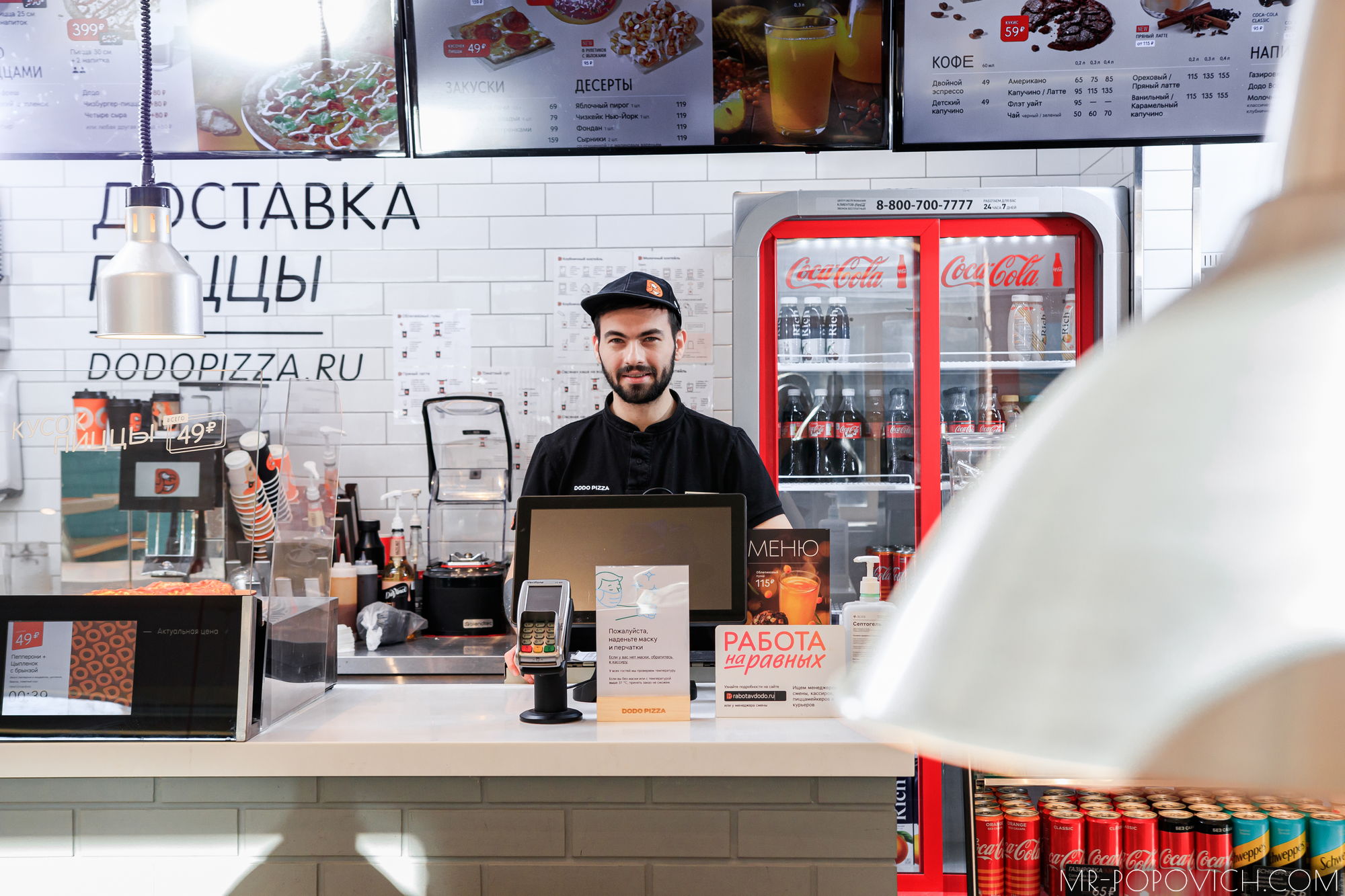
The main thing is not to forget to keep the clean and the condition of your dish. If you can calmly photograph pizza for 10-20 minutes, for example, a layered coffee drink will need to be photographed very quickly (the count goes on seconds) before all the layers have a chance to mix. Food photography is a whole world that consists of many secrets and techniques; this genre requires a certain skill, but if you do everything right, the reward will not make you wait.
I have one more story about food. But it’s diametrically opposite: no rigid standards – only creativity and flowers.

